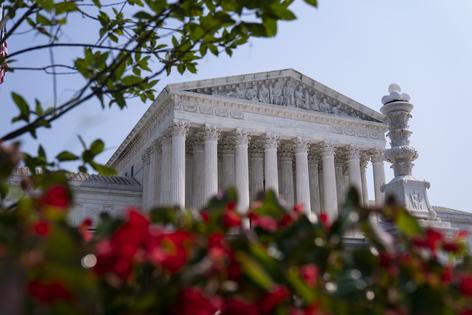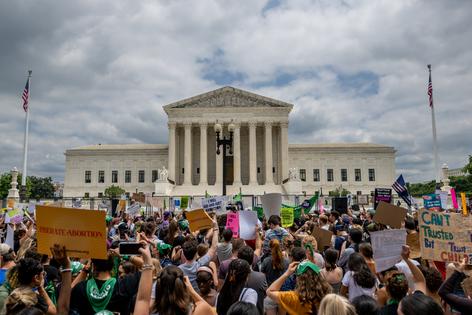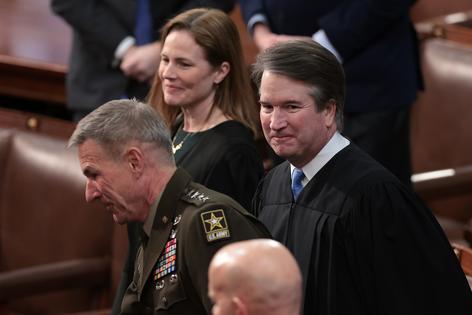A seismic change has taken place at the Supreme Court – but it's not clear if the shift is about principle or party
Published in Political News
In the summer of 2022, the U.S. witnessed a dramatic change in how the majority of Supreme Court justices understand the Constitution.
At the end of a single term, the court rejected the long-standing constitutional right to abortion, expanded gun rights and ruled that religion can have a bigger role in public institutions.
These outcomes reflect a seismic shift in U.S. law and policy, but scholars of the court dispute what kind of change it was, exactly – a principled or partisan one. As a close observer of constitutional politics, I believe this is an important debate with deep consequences for the perceived legitimacy of the court.
Some Supreme Court scholars see the court’s evolution as the rise of “a profound and principled constitutional theory,” while others see it as “conservative policy choices in pretentious garb.”
The public’s confidence in the court, meanwhile, has fallen after the Dobbs v. Jackson Women’s Health Organization abortion ruling to the lowest level since records began in the 1970s.
Public perceptions of the the court and its legitimacy may depend on whether citizens see the recent rulings as the victory of one side in a long-standing contest of ideas, or instead simply the triumph of partisan politics.
Supreme Court Justice Sonia Sotomayor, arguably the most liberal of the current justices, characterized the court’s controversial rulings in 2021 as the result of “a restless and newly constituted court.”
Observers of the new court mostly agree on how it changed, but disagree on what the justices are restless about.
The change has been building over several years, driven by the long-standing beliefs of the older conservative justices – like Clarence Thomas and Samuel J. Alito – plus the addition of three new conservative justices – Neil Gorsuch, Brett Kavanaugh and Amy Coney Barrett – all three nominated by former president Donald Trump within an unusually brief period of time.
Presidents George W. Bush and Barack Obama, for example, each had two nominations over their eight-year presidencies, while Trump helped place three new members on the court within a single four-year term.
...continued













Comments